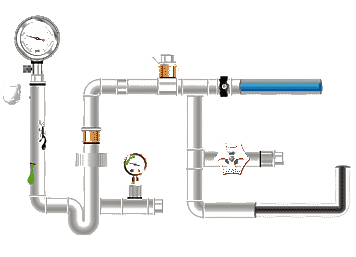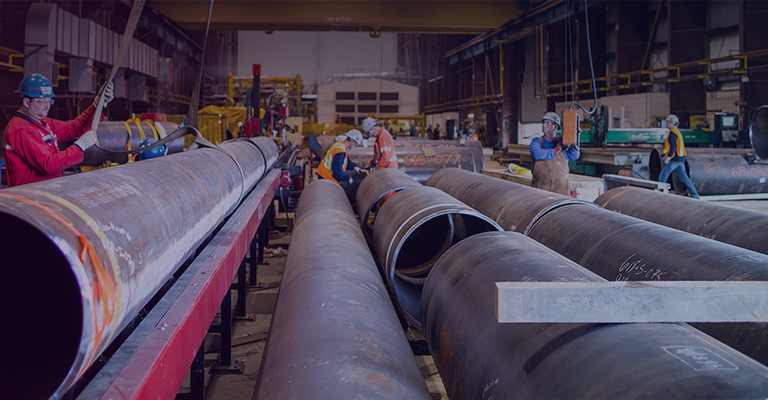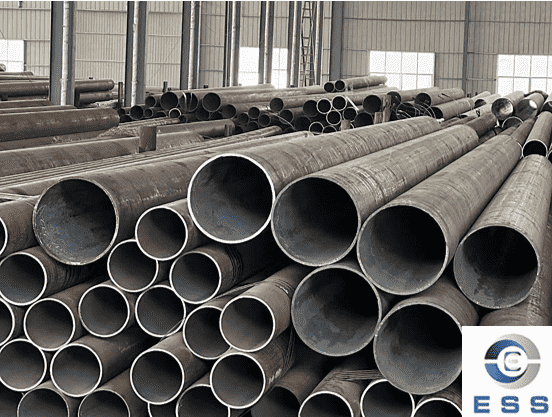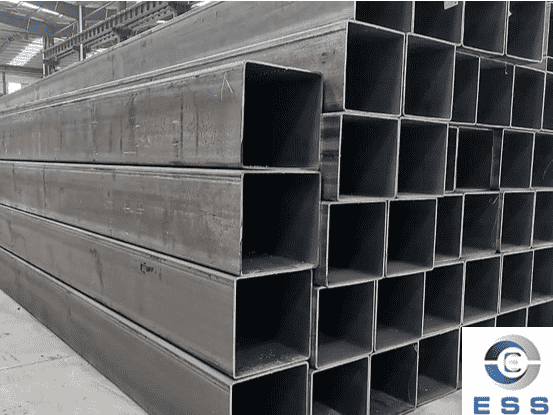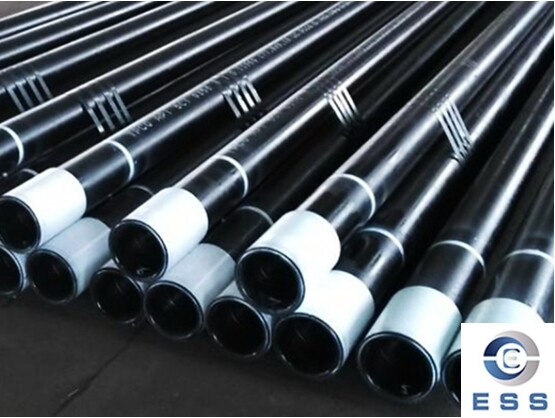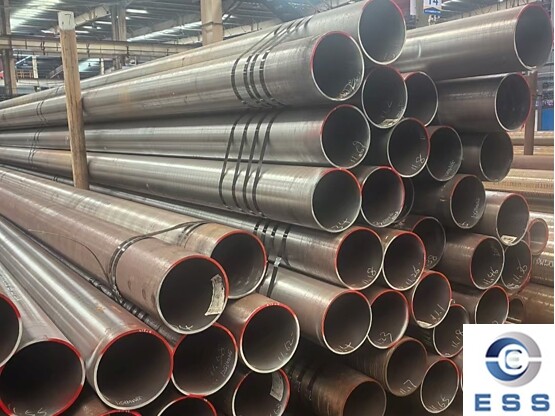
Causes of corrosion pits on the outer
wall of boiler
tubes
The outer wall of the boiler tube is often
affected by high temperature, high pressure and chemical reactions, which leads
to corrosion and pits. The main reasons are as follows:
1. Acid corrosion
The steam, water and chemical substances
contained in the boiler tube will corrode the outer wall of the pipe to a
certain extent, especially in an acidic environment. For example, in some
industrial production, if the carbon
steel pipe is in an acidic medium environment, it is easy to be corroded by
acid.
2. Oxidation corrosion
High-temperature oxidation corrosion is an
inevitable phenomenon. Under long-term high temperature, the outer wall of the
boiler tube forms an oxide layer with uneven thickness, which is prone to pits,
oxidation cracks, etc.
3. Discharge corrosion
Static discharge will occur in the boiler
pipeline, and there will be electrolytic corrosion on the metal surface, which
is also a reason for the corrosion pits on the outer wall of the boiler.
Treatment methods for corrosion pits on
the outer wall of boiler tubes
1. Cleaning treatment
If the outer wall of the boiler tube is
only slightly corroded, the corrosion can be removed by cleaning. Usually,
cleaning agents or grinding tools are used to clean the boiler tube surface to
make it smooth without affecting the normal operation of the pipe. For some
small hydraulic
tubes or precision
tubes, cleaning can effectively restore their surface condition and extend
their service life.
2. Active protection
When corrosion is just found on the outer
wall of the boiler tube, active protection can be used to prevent the expansion
of pits. Active protection technology is formulated according to the principle
of anodic protection. By adding different potentials to the outer wall of the
pipe, the outer wall of the boiler tube is in a protected state, thereby
preventing the formation and expansion of pits. This method is of great
significance for some high-value heat
exchanger tubes or drill pipes,
etc., and can reduce the cost of repair.
3. Repair welding method
If there are large pits or deep pits on the
outer wall of the boiler tube, repair welding can be used. When repairing, it
is necessary to select welding materials of the same material as the outer wall
of the pipe, and carry out comprehensive pretreatment to ensure the quality of
welding.
4. Replacement method
If there is serious corrosion on the outer
wall of the boiler tube, the pits are large and deep, and cannot be completely
solved by repair, then replacement operation is required. When replacing, you
need to choose the same specifications and materials as the original pipe.
After installation, you need to conduct a comprehensive inspection to ensure
the quality of pipe installation.
Summary
In short, in order to ensure the safe
operation of the boiler, it is very important to deal with the corrosion pits
on the outer wall of the pipe in a timely manner. The above methods are used
for different situations and can help maintenance personnel solve this problem.
At the same time, regular maintenance should also be carried out to promptly
detect and deal with problems with boiler tubes.
Read more: How To Weld Boiler Tubes? or Material of Boiler tube









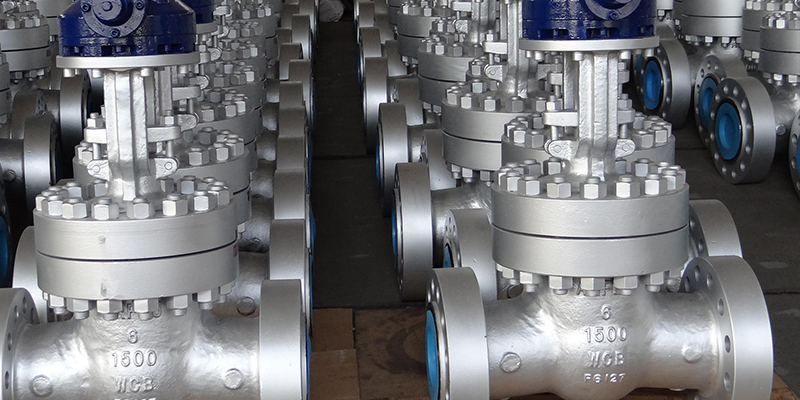
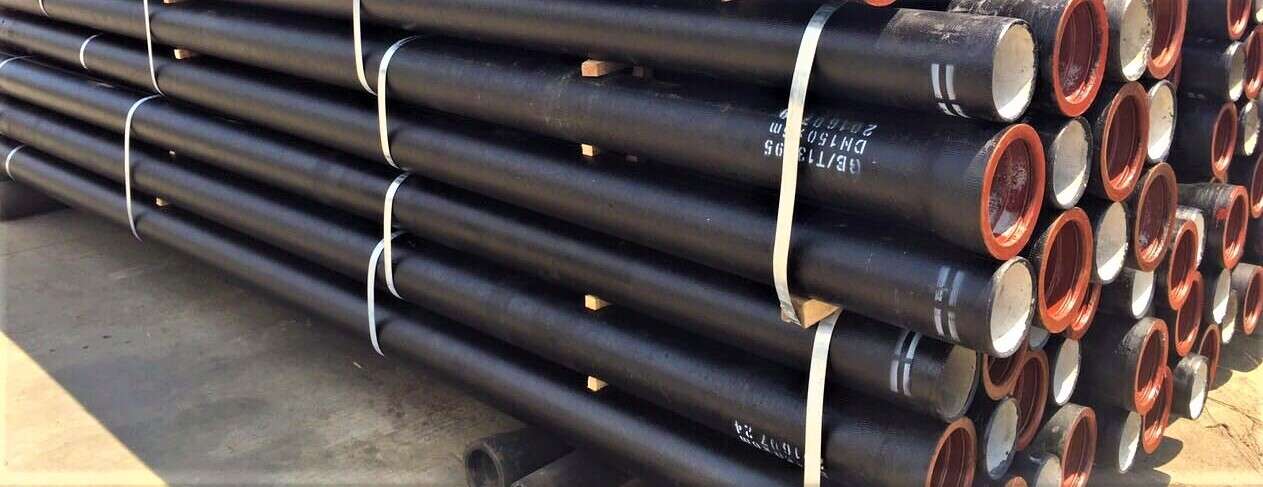


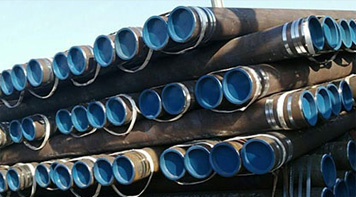 Eastern Steel Manufacturing Co.,Ltd not only improve product production and sales services, but also provide additional value-added services. As long as you need, we can complete your specific needs together.
Eastern Steel Manufacturing Co.,Ltd not only improve product production and sales services, but also provide additional value-added services. As long as you need, we can complete your specific needs together.
